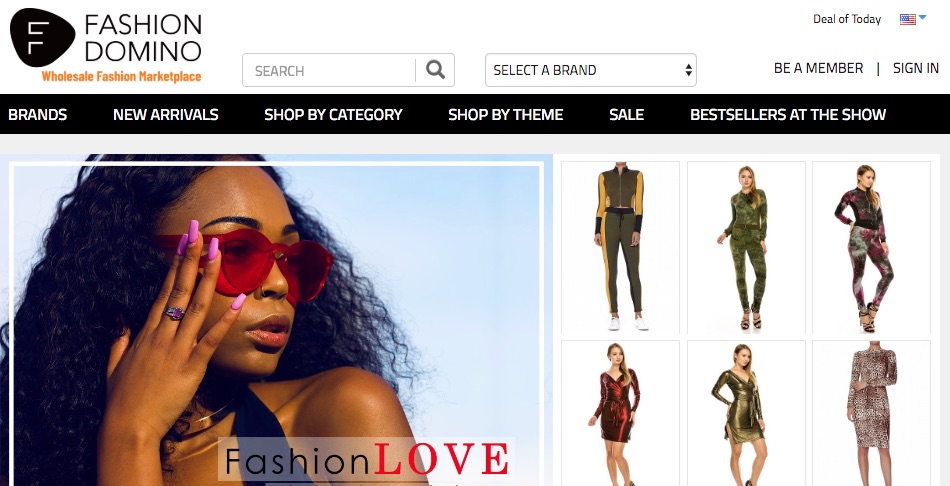
Online supplier marketplaces are good sources of fashion and lifestyle inventory. Fashion Domino, a newer participant, is one of many options for retailers.
A retailer’s success depends on wise inventory choices — products based on shoppers’ needs, including quality and price.
It is always better to be short on inventory and notify a customer that you’ve sold out (which means the products are in demand) than have an excess (which leads to financial losses).
Remember, fashion and lifestyle shoppers want unique items and are willing to pay for them. Smaller merchants, especially, should choose niches with fewer competitors.
Know Your Audience
As a retailer, you need to know who your customers are before choosing inventory.
There are two ways to go about it. If you have an established, engaged community, you can use your authority to influence customer decisions. In that case, you can sell what you like, and your customers will believe that your products are what they need.
However, if you don’t have a following, use a different strategy. Choose your target customers first and then pick your inventory. Learn about their needs and preferences. Cater to what they want.
Many retailers have gone out of business because they bought inventory they liked and hoped that shoppers would like them, too. For instance, I recently received a call from a potential client who sells luxury, high-end clothing. The client wanted to “find a target audience.” This is a large fashion company who is willing to pay big bucks. It created a luxury clothing line because it is “beautiful” without knowing who would buy it.
While working for online fashion marketplaces, I observed that boutiques purchased entirely different (contradictory) lines. This indicated they were not sure what their customers like, or perhaps did not know who their customers were in the first place.
Customer personas can help. Using personas, retailers can slice and dice their audience by age, race, style, income, interests, and any other criteria. Then, having established personas, retailers should ensure that all of their merchandise appeals to that segment of shoppers. All product lines should mix, match, and appeal to the same customer segment. For example, merchants that sell plus sizes should choose junior or missy and contemporary or edge. From that decision, merchants can pick the rest of the collection, including handbags and accessories.
Leave generic products — items that shoppers can easily find elsewhere — to larger retailers with substantial marketing budgets and other resources.
Where to Source
Merchants who prefer touching and feeling during the buying process should consider trade shows or approaching the manufacturers directly. In my experience, finding trusted suppliers requires evaluating multiple vendors until you decide who is right for you.
Wholesale, online marketplaces are good way of finding merchandise. You can shop dozens of vendors at the same time without leaving your office.
- FashionDomino.com is a newer player. It focuses on smaller suppliers and retailers, providing more than 200 collections (and growing). The merchandise is diverse. The site offers many discounts and free shipping with no minimum.
- LAShowroom.com is the original marketplace geared towards all kind of retailers. It has around 600 fashion vendors.
- FashionGo.net is the largest online fashion marketplace with about 1,000 vendors. The site offers a broad selection, but it’s too big for smaller businesses, in my experience.
- TopTenWholesale.com is the leading non-transactional wholesale platform for fashion, lifestyle, and other suppliers. It also holds an annual trade show in Miami.
- JoorAccess.com is a good choice for sourcing brand fashions. However, it’s hard for retailers to join without having accounts with at least three major brands.
For physical, brick-and-mortar marketplaces, LA Fashion District and San Pedro Wholesale Mart (for fast fashion items) are excellent sourcing choices if you live in Southern California or can travel there.
The most popular trade shows for fashion and lifestyle are: